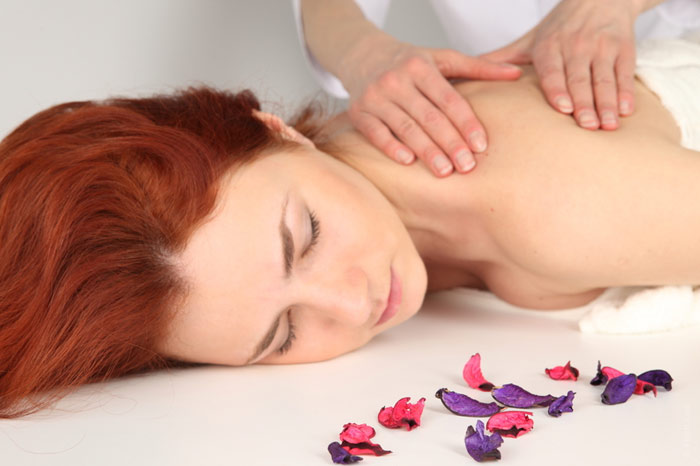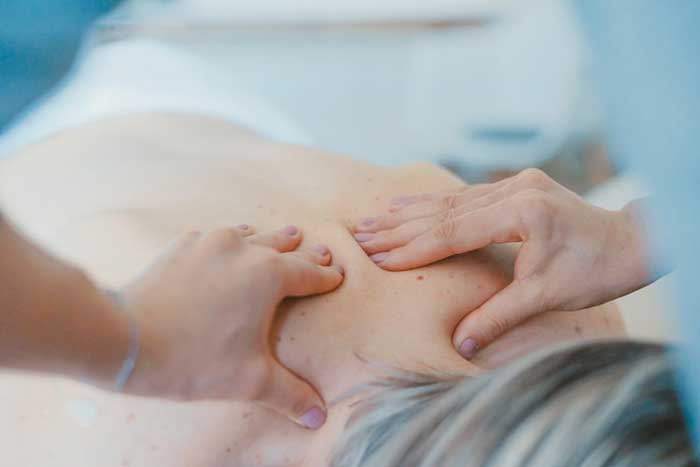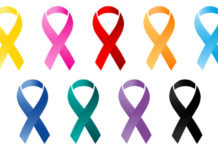 Massage can be different: erotic, sports, medical… Not to mention the national variations: Thai, Balinese, Spanish… Which massage techniques can you master yourself?
Massage can be different: erotic, sports, medical… Not to mention the national variations: Thai, Balinese, Spanish… Which massage techniques can you master yourself?
Massage is an ancient art of healing by providing finger pressure on specific sensitive body points. By pressing on different points with different intensity, you can achieve quite opposite effects: people who suffer from hyperactivity can use massage to relax; asthenic people can cheer up and recharge their energy by stimulating the proper points.
Why healthy people need massage
Massage reduces muscle tension and improves blood circulation. Increased blood flow provides more oxygen and nutrients to the affected areas.
This is very important for athletes: in case of overexertion, the body stops functioning properly, and massage helps prevent this. Sometimes during workouts minor muscle injuries occur. There is some swelling of the muscular tissues. Massage helps to remove these manifestations while stimulating blood circulation and promoting healing processes. In this case, massage can be done either in advance (before the start of the workout), or after it. The massage, done before the workout, is an effective prevention of injuries. The connective tissue, when not properly heated, is more prone to ruptures and sprains. Therefore, a massage before the competition helps reduce the likelihood of injury. A massage after exercising helps reduce pain in the loaded muscles and maintain their flexibility, reducing the tendency to spasms.
Basic tricks and rules
There are three main methods of massage: squeezing is the method when you press the muscle to the underlying bone, spreading the compressed muscle fibers and strengthening blood circulation. The impact on the trigger point is done with a direct push of the thumb to the zone of strong muscular tension. The trigger point is easy to find: when you press it you feel distinct pain. With acute or chronic muscle overload, you can feel muscle soreness even without pressing. Rubbing across the muscle fibers is the main method of muscle warm-up activating blood circulation. You can master these techniques yourself and use them to relieve stress, for example, in the cervical-collar zone or extremities. For self-massage, in most cases, additional means are required: massagers, balls and other improvised materials.
Self-massage
If you need something more than just stretching the pain point, then note that the correct direction of self-massage is from the bottom up. So start with the feet.
To get rid of the pain and swelling of the feet and calves (this is often the case with people who have just started walking or running), you should massage your feet either immediately before the workout, or at the end of the day, when you can simply go to bed after the massage.
Lubricating your hand with a lotion, press your thumb against the arched part of the sole near the toes, then massage the outer side of the foot with the same pressing movements (5 minutes).
In order to reduce the pain in the calves, you will need a gym band (elastic band). Secure it with a loop around the cabinet foot, for example. Sit on the floor with your legs stretched out. Grabbing the band with a toe, pull it to yourself (15 repetitions per foot).
The pain in the knee joints can be eliminated by stretching the legs in a sitting position. Press the top of the knee joint with your thumb and index finger. You will hear a click of the patella. Then rub under the knee with the other hand.
The pain in the buttocks after intensive leg exercises is removed with the help of a tennis ball. Lie down on your side, take a tennis ball and start rolling it around the gluteus muscle. After finding a sore point, press the ball to this place for a few seconds, then proceed to the next pain point. This will help ease the pain.
The neck-collar zone can also be “rolled” with the help of a ball in exactly the same way. Even more effective is lying on your back, with two balls under your shoulder blades, rolling them with your back.
Some techniques can be performed independently, however, in order to achieve maximum effect and to relieve severe pain, you should consult an experienced specialist.








